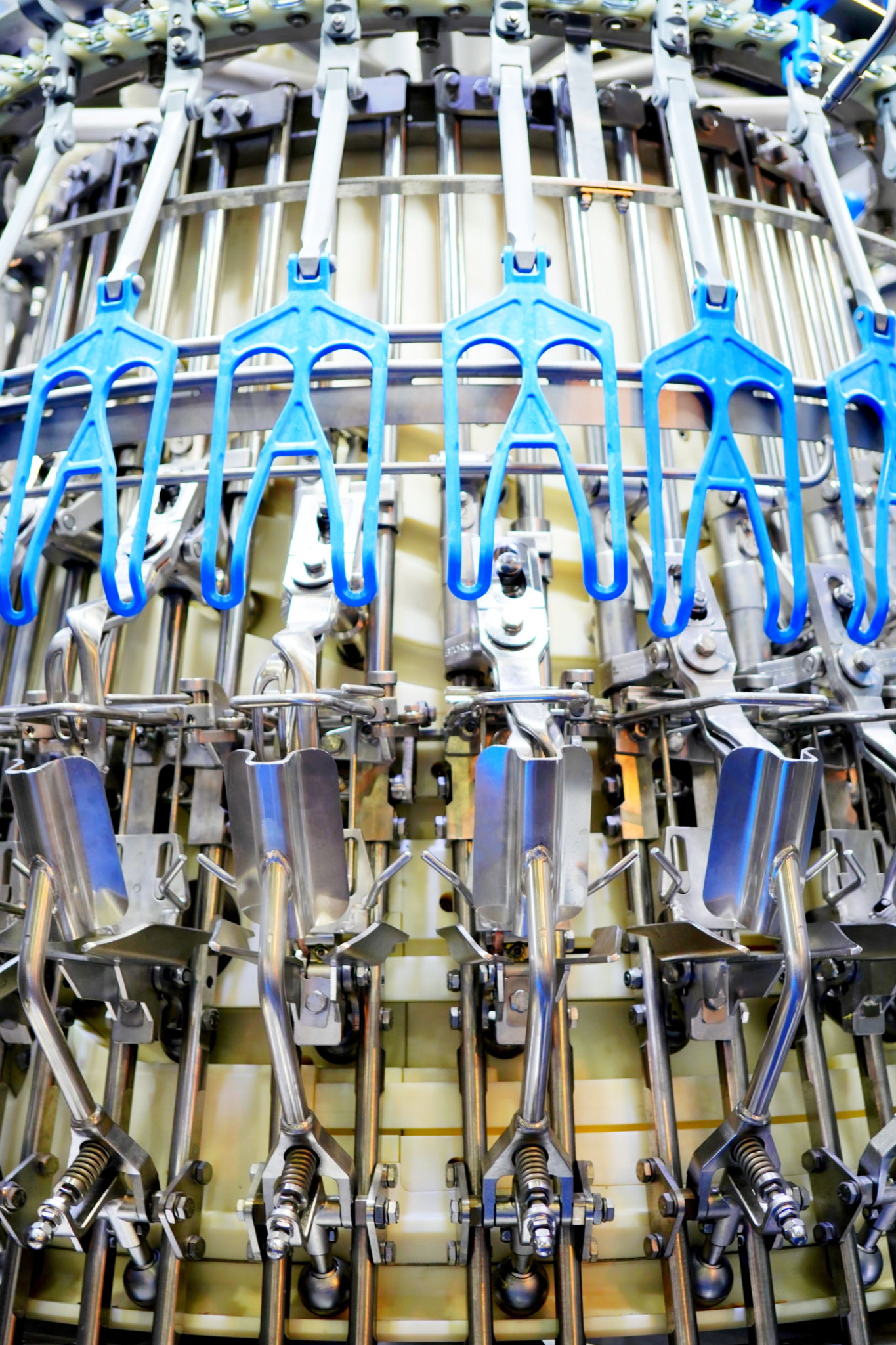Understanding the Latest Trends in Tufting Machinery Parts
Introduction to Tufting Machinery Trends
The textile industry has long been driven by innovation, and tufting machinery is no exception. As technology advances, so does the sophistication of the equipment used in textile manufacturing. Understanding the latest trends in tufting machinery parts is crucial for businesses aiming to stay competitive and efficient.

Automation and Efficiency
One of the most significant trends in tufting machinery parts is the move towards increased automation. Automated systems are being integrated into machinery to streamline operations and reduce manual intervention. This shift not only enhances productivity but also minimizes errors, leading to higher quality outputs.
Efficiency is further boosted by the development of advanced sensors and software that monitor and adjust machine operations in real-time. These technologies allow manufacturers to optimize their processes, ensuring that resources are utilized effectively and waste is minimized.
Smart Components
Incorporating smart components into tufting machinery is becoming increasingly popular. These components are equipped with the ability to communicate data, enabling predictive maintenance and reducing downtime. The use of smart technology ensures machines are operating at their peak performance, ultimately enhancing overall production quality.

Material Advancements
Another trend shaping the future of tufting machinery parts is the use of innovative materials. Manufacturers are exploring new materials that offer enhanced durability and performance. For example, lightweight composites are being used to replace traditional materials, reducing wear and tear on machinery components.
The focus on sustainability is also influencing material choices. Eco-friendly materials are being developed to ensure that the production process has a minimal environmental impact, aligning with global sustainability goals.
Customization and Flexibility
Customization has become a key demand in the textile industry, leading to machinery that offers greater flexibility. Tufting machines are now designed with interchangeable parts that allow for quick adjustments to meet specific production needs. This flexibility is vital for manufacturers who need to adapt to changing market demands swiftly.

Integration with Digital Platforms
The integration of tufting machinery with digital platforms is another trend gaining traction. By connecting machines to the Internet of Things (IoT), manufacturers can gather valuable data and insights into their operations. This connectivity allows for better decision-making and more efficient production planning.
Digital platforms also enable remote monitoring and control, giving operators the ability to manage machinery from anywhere. This capability is particularly beneficial for businesses with multiple production sites or those looking to expand their operations globally.
Conclusion
The latest trends in tufting machinery parts reflect a broader push towards innovation, efficiency, and sustainability in the textile industry. By embracing automation, smart technology, advanced materials, customization, and digital integration, manufacturers can remain competitive in an ever-evolving market.
As these trends continue to develop, staying informed and adaptable will be key for businesses looking to thrive in this dynamic sector. The future of tufting machinery is bright, promising increased productivity and superior product quality.
